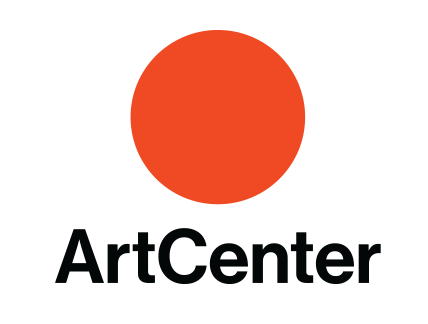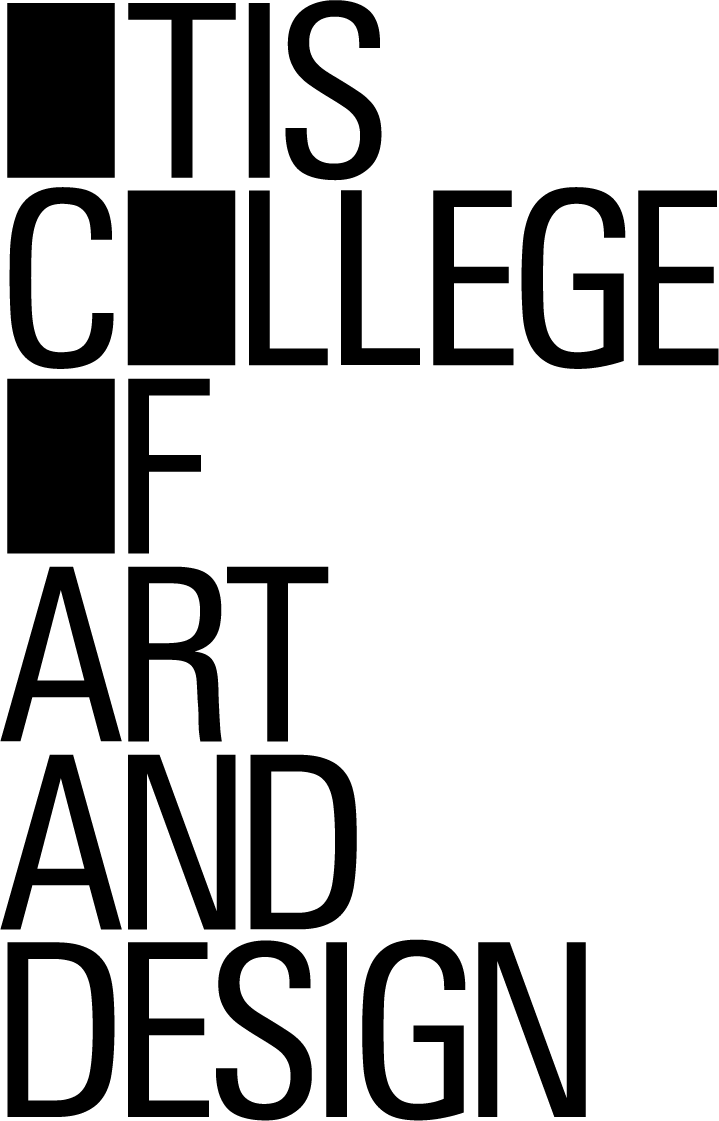A Succession Of Progression Mechanisms
 When a game is truly engaging for players, they are experiencing what Hungarian psychologist Mihayli Csikszentmihalyi, Distinguished Professor of Psychology and Management at Claremont Graduate University, described as “flow” in his seminal work, Flow: The Psychology of Optimal Experience. Flow is that mental state in which players are fully immersed in a feeling of energized focus, full involvement, and enjoyment of a game. As any player of Civilization can tell you, when players experience flow, time stops, nothing else matters, and when they finally stop, they have no concept of how long they have been playing the game.
When a game is truly engaging for players, they are experiencing what Hungarian psychologist Mihayli Csikszentmihalyi, Distinguished Professor of Psychology and Management at Claremont Graduate University, described as “flow” in his seminal work, Flow: The Psychology of Optimal Experience. Flow is that mental state in which players are fully immersed in a feeling of energized focus, full involvement, and enjoyment of a game. As any player of Civilization can tell you, when players experience flow, time stops, nothing else matters, and when they finally stop, they have no concept of how long they have been playing the game.
Two critical factors identified by Professor Csikszentmihalyi that lead to that desired state of flow are clearly stated game goals and constant, immediate feedback about whether or not the players’ actions are successful as they strive to meet this goal. “Progression” is the term that game designers use to describe how players’ actions advance them toward successfully achieving a game’s goals, and providing feedback to players about their progression is essential for fully engaging them in the game they are playing.
Arguably the most common form of feedback used to measure and communicate player progression is a score: numerical points awarded to a player for successfully performing actions or completing game objectives. Often, achieving a high score is the ultimate goal of the game itself.
A graphical representation of a score is a progress bar. Progress bars are used when a score mechanism has a defined maximum score. Typically, progress bars use a linear function, such that the advancement of a progress bar is directly proportional to the amount of progress that has been completed to that maximum number.
Another common implementation of progression used by game designers is the use of checkpoints, predetermined locations, intervals, or sets of challenges such as missions or quests used as intermediate goals. The playing boundary of many games are segmented into “boss battles” (especially difficult obstacles) or discrete levels to use as checkpoints for measuring and communicating player progress. Even the player’s advancement towards a checkpoint, particularly if the path or sequence required to reach it is relatively linear, is a form of progress.
Many games provide multiple forms of feedback to players about their progression. Role-playing games, for example, will augment a relatively continuous scoring mechanism (usually called “experience points”) with a leveling system, which is a type of checkpoint that recognizes a number of successfully performed actions. In such games, players may be awarded experience points for successfully killing monsters or finding treasure, and after having had a number of such experiences, they “level up”. Like other forms of checkpoints, levels are used by game designers to determine when the player is sufficiently skilled to deal with a more difficult set of challenges.
Another form of progression feedback is the use of achievements: badges, titles, or even resources awarded to the player for successfully completing game objectives. Achievements are useful for recognizing player’s who successfully complete a series of actions that are tangential to the game’s main progression path.
Whatever form of progression you use, it is essential to provide players with a constant sense of progression. If there is any point in your game where the players don’t know what the game’s goals are, or whether or not they are advancing toward those goals, you run the risk of them deciding to progress on to play another game.
Posted on September 26, 2016, in Game Design and tagged game design. Bookmark the permalink. Leave a comment.






Leave a comment
Comments 0